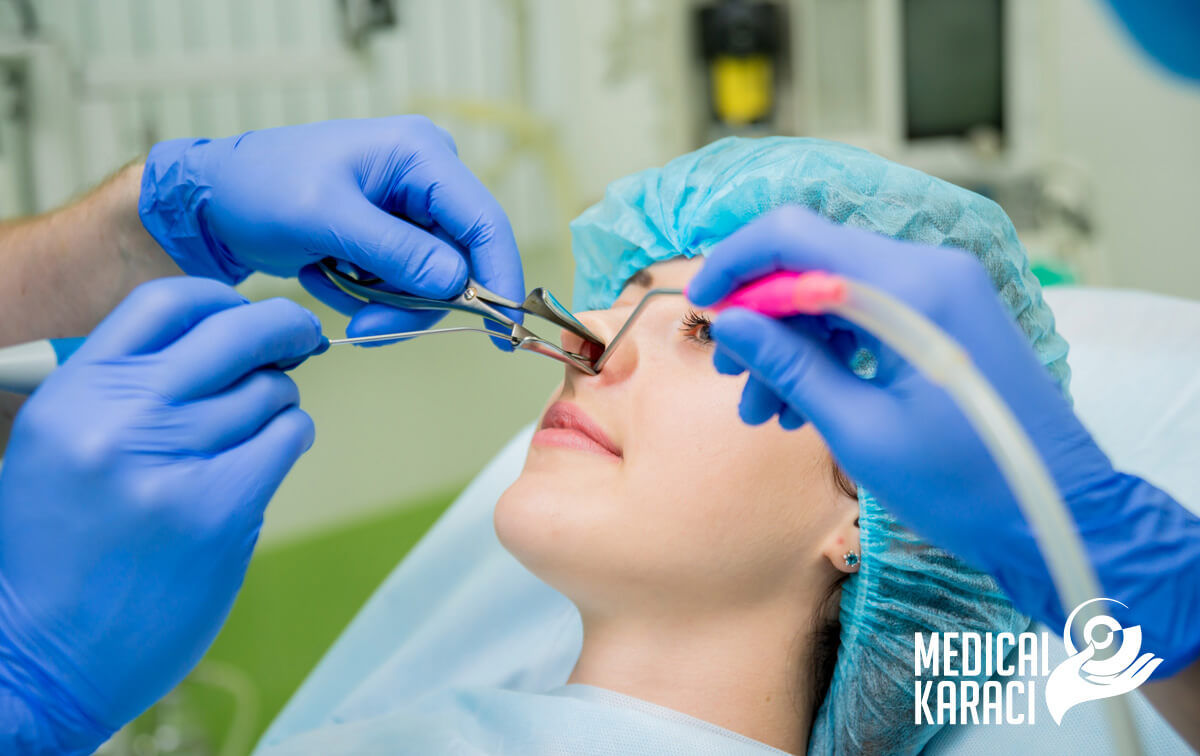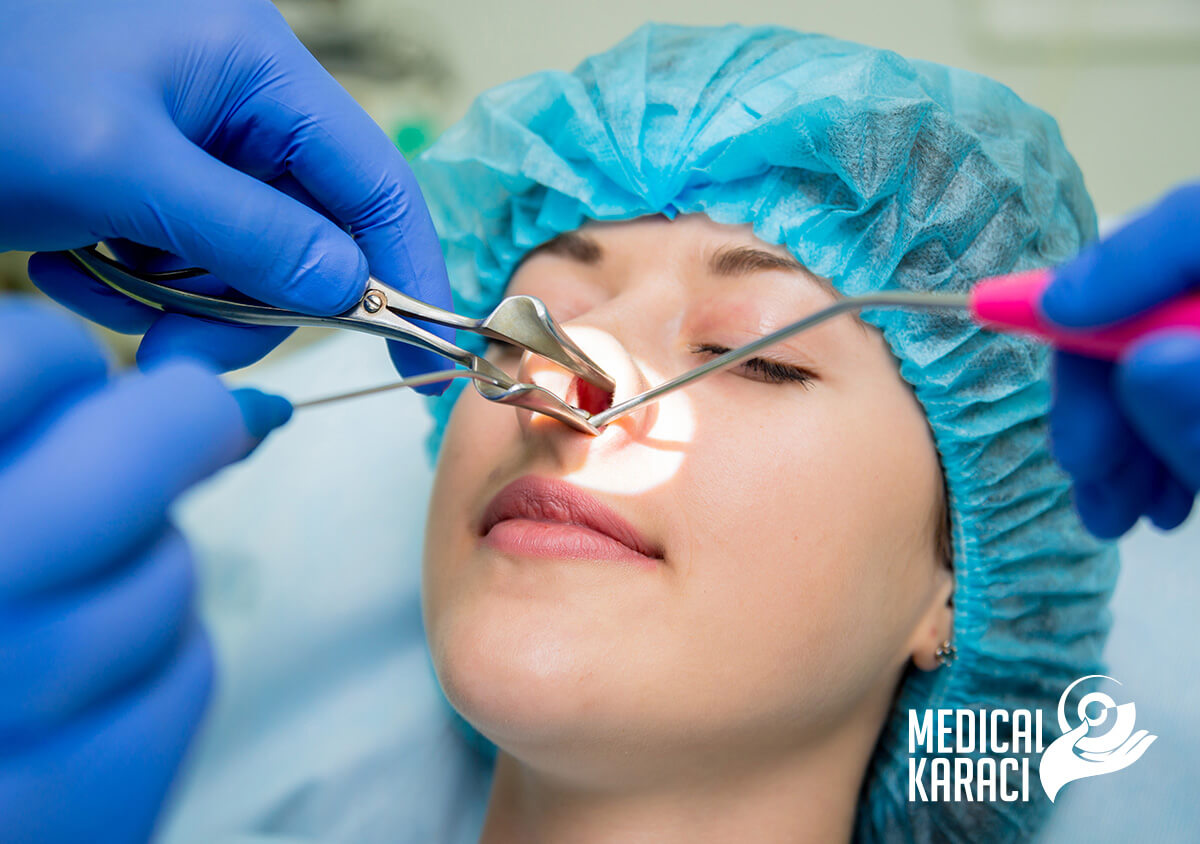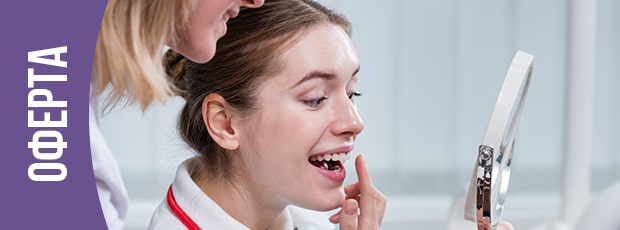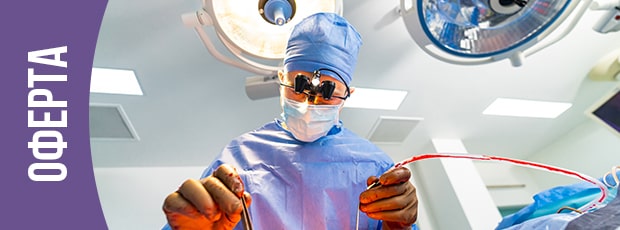What is septoplasty?
Septoplasty is a surgical procedure that corrects defects, distortions and perforations of the nasal septum, which separates the left and right nostrils.
Why is septoplasty performed?
The deviation of the nasal septum occurs very often. However, when the deviation is severe, the septum can block one of the nostrils and eliminate the airflow that passes through it, causing difficulty breathing in one or both nostrils.
In what cases is septoplasty applied?
Suitable patients for septoplasty must be over 15 years of age and have some of the following symptoms:
- Difficulty breathing
- Snoring
- Chronic sinusitis
- Bleeding from the nose
- Pain in the face
- Dry mouth
Preparation for the operation
Here are some instructions to follow before surgery:
- Inform the doctor of any medications you are taking.
- If you take blood thinners, stop taking them a week before surgery.
- Inform the doctor if you have any type of allergies or bleeding problems.
- The doctor will answer any questions you have about the surgery and take care of your concerns.
- Blood tests are done before surgery.
- The doctor will examine your nose-he will use an endoscope to check the inside of the nasal cavity and the shape of the deviated septum.
- Do not eat or drink anything before surgery, starting the night before the procedure.
- The doctor may take several pictures of your nose before surgery to compare the results before and after septoplasty.
How is septoplasty performed?
Several non-surgical techniques can be used to perform septoplasty such as laser and filter. However, the surgical technique is the most commonly used and gives permanent results.
Septoplasty with laser
The laser alone cannot cure a deviated septum. However, it can be used during surgery to make bloodless incisions. The laser is known to stimulate skin cells and collagen production, which helps speed up the healing process. The laser can also help treat other nasal problems such as sinusitis and swelling.
Septoplasty with filter
This is a non-surgical procedure. The doctor injects the empty space in the nose with a filter to create balance. The deviated septum is then no longer obvious. It only takes 10 minutes, costs less than the surgical procedure, and is safe. However, the results are not permanent.
Balloon sinuplasty
This is endoscopic nasal surgery. It is performed under local anesthesia. A balloon catheter is inserted into the sinuses, where it swells to open up the nasal blockage and relieve the sinuses.
Operation for septoplasty
Septoplasty surgery is performed under general or local anesthesia, depending on the patient's case. The operation is done inside the nose. The surgeon makes an incision in the area that separates the two nostrils, then carefully removes the mucous membrane. The septum is straightened and any additional cartilage or bone is removed. The lining is reinserted and stabilized by splints, which are removed two days after surgery. Septoplasty surgeries are often accompanied by plastic surgeries to give the nose a more attractive shape. The patient will suffer from bruising and swelling for 7 days, which is quite normal.
Septoplasty surgery is also called mucosal separation and nasal reconstruction. The septum and nasal cavity are covered with a layer of soft tissue called the mucosa. During septoplasty surgery, it is possible to treat other nasal problems such as snoring, bleeding, and sinusitis. It is also possible to undergo septoplasty surgery to reach nasal polyps and remove them.
Guidelines for the recovery period
- Avoid lying in a supine position for the first few days after surgery.
- Do not do heavy physical activity or lift heavy objects for two weeks after surgery.
- For the first 14 days after surgery, keep your mouth open when you sneeze.
- Do not blow your nose for the first 14 days after surgery.
- Avoid activities that put pressure on the face such as holding your breath, for example.
- Avoid touching your nose.
- Do not smoke-nicotine lowers your blood pressure, which affects the healing process.
- Do not travel by plane during the first two weeks after surgery.
- Do not expose directly to sunlight.
- Use ice packs to reduce swelling.
- Elevate your head during sleep by adding another pillow under your head.
Results of septoplasty
In three to six months, the cartilage and nasal tissue will be fully restored.
Breathing becomes much easier and fulfilling.
You may still notice changes in the cartilage and nasal tissues over the next year or more.
Frequently asked questions about septoplasty:
Are rhinoplasty and septoplasty the same procedure?
Rhinoplasty is plastic surgery to beautify the external shape of the nose, while septoplasty is a surgical procedure to treat a deviated nasal septum and its symptoms.
Can septoplasty be unsuccessful?
The success rate of septoplasty is actually high around 80%. 20% of septoplasty cases show little or no improvement in symptoms.
Is it possible to do septoplasty and rhinoplasty together?
Yes, it is possible. When septoplasty and rhinoplasty are done together, the surgery is called septoplasty.
Can septoplasty correct a crooked nose?
A crooked nose can be the result of a nasal injury or birth defects. In most cases, a crooked nose is the result of a deviated septum. Therefore, septoplasty surgery can correct a crooked nose.
Do septoplasty splints cause pain?
Septoplasty splints are plastic or silicone pieces that are placed inside or outside the nose to stabilize the septum after surgery. Septoplasty splints do not cause pain. They do, however, cause discomfort for some time until they are removed.
Does septoplasty change the tip of the nose?
Usually septoplasty does not affect the shape of the nose. However, if septoplasty surgery involves removing pieces of cartilage or bone, the tip of the nose may change.
Does septoplasty help with sleep apnea?
Septoplasty treats nasal blockage caused by a deviated septum, allowing for better breathing and stopping snoring sounds that are symptoms of sleep apnea. This means that septoplasty can help with sleep apnea.
Is septoplasty painful?
Septoplasty is a surgical procedure. So, like any surgery, it is accompanied by some level of pain after the intervention. However, the pain can be reduced by painkillers prescribed by the doctor.
Is septoplasty dangerous?
Like any surgical operation, septoplasty carries some risks. However, the risks of septoplasty can be minimized when the surgery is performed by an experienced and capable surgeon.
Is septoplasty cosmetic surgery?
Septoplasty is not cosmetic surgery,but it can be combined with such.
When is septoplasty necessary?
Septoplasty surgery is necessary when the nose has a deviated septum,with nasal breathing problems, snoring, dry mouth, nasal congestion, nasal infections and sinusitis.
Who performs septoplasty?
Septoplasty is performed by otolaryngologists, ENT surgeon or plastic surgeon.
Will septoplasty help with headaches?
If the headache is caused by sinusitis, septoplasty will help reduce it.
Will septoplasty help with chronic sinusitis?
Yes, septoplasty can help reduce symptoms in chronic sinusitis.










